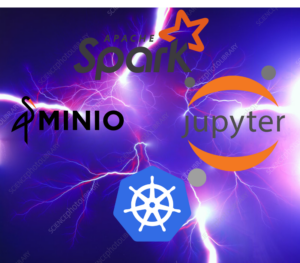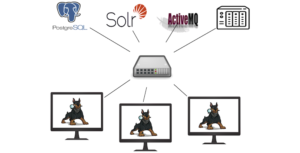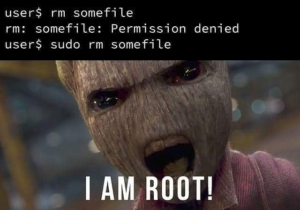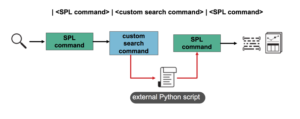
Over Thanksgiving break, I acquired three new-to-me Dell R720 servers with the intention of creating a high-availability Proxmox cluster using CEPH as shared storage. Like many starting this new journey, I found thousands of blog posts and YouTube videos on how to set this up. However, when it comes time to connect VMs running on Proxmox such as Kubernetes nodes to the Ceph cluster, I was unable to find a working solution. The tenacious engineer in me saw this as a challenge, and after A LOT of Googling and late nights, I was finally able to succeed. Below is a proof of concept for how to configure MicroK8s with network access to CEPH via FRR + OSPF.
















